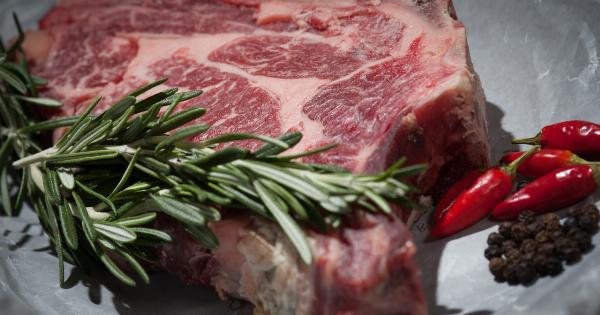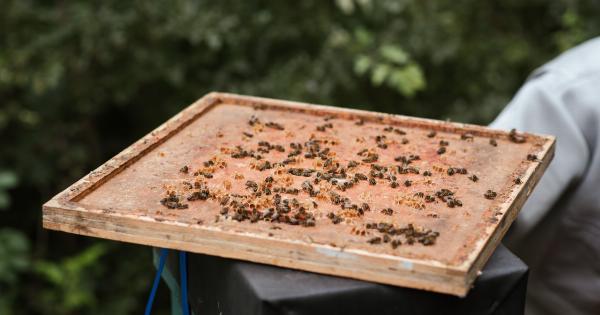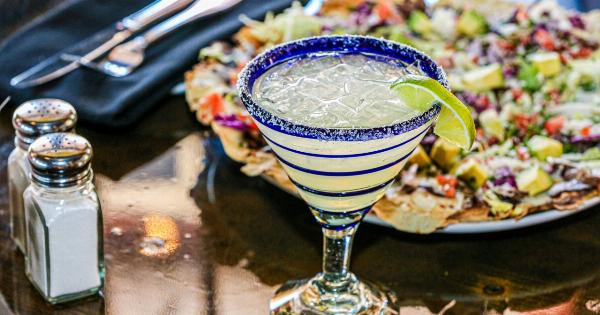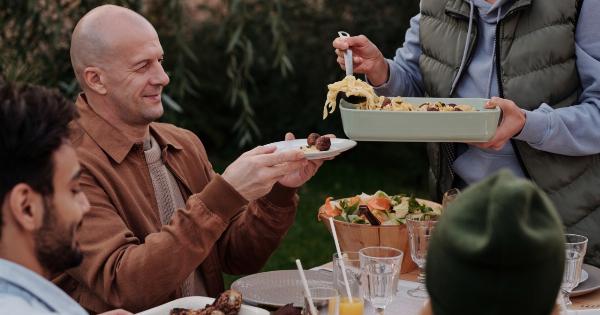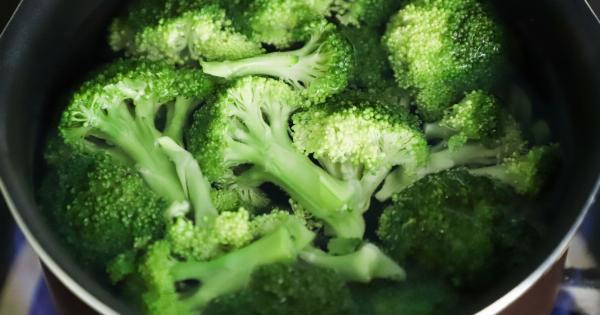Avocados have gained immense popularity in recent years due to their various health benefits and versatility in cooking. However, it’s important to understand the safety aspects associated with this beloved fruit.
From potential pesticide residues to foodborne illnesses, knowing how to handle and consume avocados safely is crucial. In this article, we will delve into the topic of avocado safety, providing you with all the information you need to enjoy this nutritious fruit without any worries.
1. Selecting Safe Avocados
When purchasing avocados, it’s essential to choose fruits that are fresh and free from any visible signs of damage or spoilage. Follow these tips to ensure you select safe avocados:.
- Look for avocados with firm skin but slight give when gently squeezed.
- Avoid avocados that have cracks, dark blemishes, or soft spots.
- Check for any mold growth on the skin, especially around the stem area.
- If possible, purchase organic avocados to minimize exposure to pesticides.
2. Washing Avocados
Before consuming or cutting avocados, it’s important to wash them thoroughly to remove any dirt, bacteria, or pesticide residues present on the skin. Here’s the proper way to wash avocados:.
- Wash your hands with soap and water before handling avocados.
- Rinse the avocados under cool running water.
- Gently rub the skin of the avocados with your hands or a clean vegetable brush.
- Pat dry with a clean cloth or paper towel.
3. Cutting Avocados Safely
Cutting avocados can be tricky, and improper techniques can lead to injuries. Follow these steps to safely cut an avocado:.
- Place the avocado on a clean cutting board.
- Hold the avocado firmly with one hand and cut lengthwise around the seed using a sharp knife.
- Rotate the avocado and continue cutting until you have two halves.
- Gently twist the halves in opposite directions to separate them.
- Remove the seed by carefully striking it with the knife’s blade and twisting it out.
- Slice or dice the avocado as desired.
4. Storing Leftover Avocado
If you have leftover avocado, it’s important to store it properly to maintain its freshness and prevent bacterial growth. Here are some tips for storing leftover avocado:.
- Leave the pit in the unused avocado half to help slow down oxidation.
- Wrap the avocado tightly with plastic wrap or place it in an airtight container.
- Refrigerate the avocado, ensuring it is kept at a temperature of 40°F (4°C) or below.
- Consume the leftover avocado within two days.
5. Potential Allergies to Avocados
While avocados offer numerous health benefits, some individuals may be allergic to them. Avocado allergies are relatively rare, but if you experience the following symptoms after consuming avocados, you might have an allergy:.
- Skin rash, hives, or itching
- Nausea, vomiting, or diarrhea
- Swelling of the lips, tongue, or throat
- Difficulty breathing or wheezing
If you suspect an avocado allergy, it’s essential to consult a healthcare professional for an accurate diagnosis and appropriate management of symptoms.
6. Organic vs. Conventional Avocados
Conventionally grown avocados may be exposed to pesticides during cultivation, which can leave residues on the fruit’s skin. These residues can be harmful if ingested.
On the other hand, organic avocados are grown without the use of synthetic pesticides or fertilizers, making them a safer choice for those concerned about pesticide exposure. It’s recommended to opt for organic avocados whenever possible.
7. Avoiding Foodborne Illnesses
While avocados themselves are relatively safe, cross-contamination during handling and preparation can introduce harmful bacteria. To minimize the risk of foodborne illnesses, consider the following precautions:.
- Wash all utensils and cutting boards with hot, soapy water after they come into contact with avocados.
- Avoid using the same utensils to handle raw meats and avocados.
- Prevent the mixing of avocado flesh with the outer skin.
- Ensure proper refrigeration of any avocado-based dishes or guacamole.
8. Nutritional Benefits of Avocados
Despite the potential safety concerns, avocados offer a multitude of health benefits due to their excellent nutritional profile. Here are some key nutritional benefits of avocados:.
- Rich in heart-healthy monounsaturated fats
- High in fiber, aiding digestion and promoting satiety
- Packed with essential vitamins and minerals, including vitamin K, vitamin C, vitamin E, potassium, and folate
- Contain powerful antioxidants, such as lutein and zeaxanthin
Incorporating avocados into a well-balanced diet can contribute to overall health and well-being.
9. Avocado Safety for Pets
Avocados may be a tasty treat for humans, but they can pose risks to certain animals.
Specifically, dogs, cats, birds, and some larger animals like horses should avoid consuming avocados, as they contain a substance called persin, which can be toxic to these animals. If you have pets, ensure they do not have access to avocados or any foods containing avocado.
10. Conclusion
Avocados are not only delicious but also highly nutritious. By following the necessary precautions for avocado selection, washing, cutting, and storage, you can enjoy avocados safely.
Opting for organic avocados, practicing good hygiene during food preparation, and being aware of potential allergens or toxicities associated with avocados will ensure your avocado-related experiences are always positive. So, go ahead and embrace the avocado craze while keeping safety in mind!.











